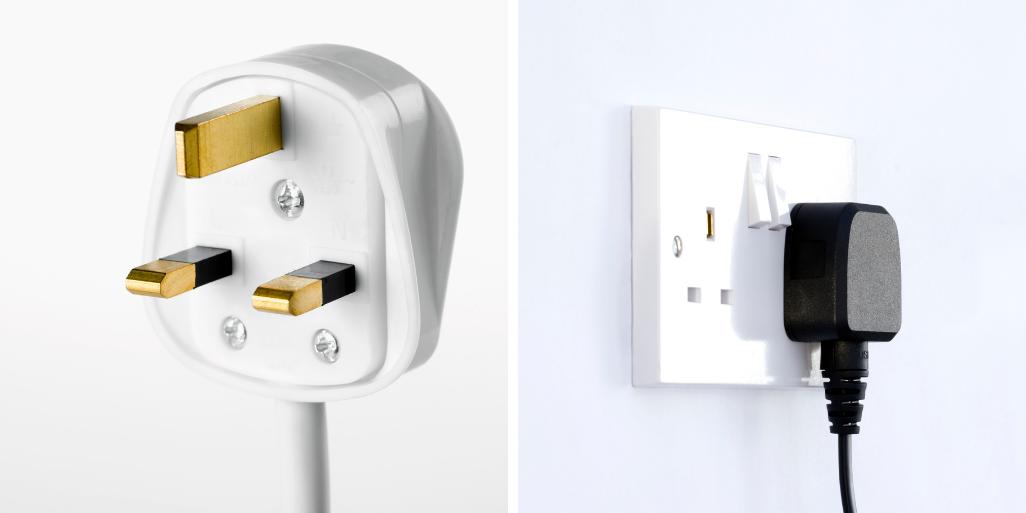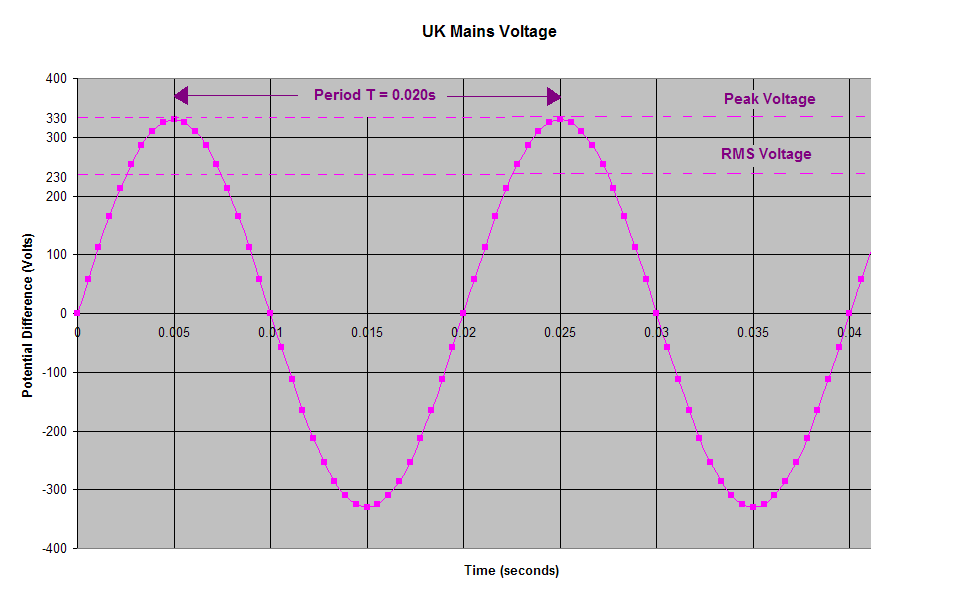So the type of adaptor you’ll need, if your electrical items are compatible with this voltage, is a three pin adapter. World map showing the spread of plug types; Uk house voltage is an integral part of the country's electrical infrastructure.
Cyberphysics House Wiring
The standard voltage in the uk is 230 volts, which is slightly higher than the voltage used in many other countries, such as the united states.
This voltage standard ensures that appliances and devices function efficiently while maintaining safety.
Mains electricity refers to the power that is brought into people's homes. The mains supply in the uk is an alternating current (ac) voltage at a frequency of 50 hertz (hz) and a voltage of The standard voltage in the u.s. Is 120 v, and the frequency is 60 hz, whereas in london, the sockets deliver 230 v and the electrical grid’s frequency is 50hz.
Keep in mind this is the standard supply voltage in london, and it may vary in other regions of the u.k. This difference in voltage can affect how devices function and whether they require additional equipment to operate safely. Manufacturers usually allow a further margin of safety and, if the voltage does occasionally fall outside these limits, there should be no adverse effect on your appliances. This gives an allowed voltage range of 216.2 volts to 253.0 volts.

We would like to show you a description here but the site won’t allow us.
Information and chart on voltages and frequencies (hertz) listed by country. Frequency and voltage supplied to most premises by country. Mains electricity by country includes a list of countries and territories, with the plugs, voltages and frequencies they commonly use for providing electrical power to low voltage appliances, equipment, and lighting typically found in homes and offices. Cells and batteries supply a current which always flows in the same direction.
This is called a direct current (d.c.). For a uk mains voltage graph. To find out about house wiring in the uk. The utilization voltage available at an appliance may be below this range, due to voltage drops within the customer installation.
As in the uk, 240 v is within the allowable limits and 240 volt is a synonym for mains in australian and british english.
What is the mains voltage in england? Just like the rest of europe, the voltage in england is 230 volts and the frequency is 50 hz. Voltage fluctuation at your home or business may cause your lights to dim or flicker. It can also cause problems with your electric vehicle (ev) charger or solar panels.
You can report these types of voltage issues to us and we can help. Mains electricity refers to the power that is brought into people's homes. Key fact the mains supply in the uk is an alternating current (ac) voltage at a frequency of 50 hertz (hz) and a voltage This voltage difference means your device cannot plug into a uk plug point without a power converter.

The uk voltage will be far too high and can cause your device to overheat since it is made to be charged using a lower voltage.
110v, 115v, 120v, 220v, 230v, 240v. You'll often hear voltages in your home referred to as 110v, 115v, or 120v. This can be confusing but the bottom line is they are referring to the exact same thing. 120v is the ac voltage on a single hot wire in your home with respect to neutral (or ground).
So either the incoming feeders need to be larger in the uk or the number of circuits in the house needs to be reduced (increasing the risk of overloading individual circuits) or the diversity assumption needs to be more aggressive. Otherwise, if you use the same math and layout, you could overload the incoming main in the uk house by 15%. This distribution network then carries electricity to individual towns and villages throughout the midlands, south west and wales where distribution substations transform the voltage to 230 volts. Our network is comprised of over 220,000 kilometres of lines and cables and 185,000 transformers which are used to step down voltages.

Search the world's information, including webpages, images, videos and more.
Google has many special features to help you find exactly what you're looking for. Many countries around the world use a voltage of 220v or 240v, and by selecting a voltage of 230v, electrical systems in the uk and eu can be designed to be compatible with these other countries. This can be important for international trade and travel, as it reduces the need for voltage converters and other devices that can add complexity and The voltage used throughout europe (including the uk) has been harmonised since january 2003 at a nominal 230v 50 hz (formerly 240v in uk, 220v in the rest of europe) but this does not mean there has been a real change in the supply.
Instead, the new “harmonised voltage limits” in most of europe (the former 220v nominal countries) are now: What the typical maximum wattage, in total, a uk house hold can take? If the limit is somewhere near 12kw, then does that mean a 7kw charger can be installed and the house then has a maximum remaining power of 5kw for all other appliances? Plug, socket & voltage by country;